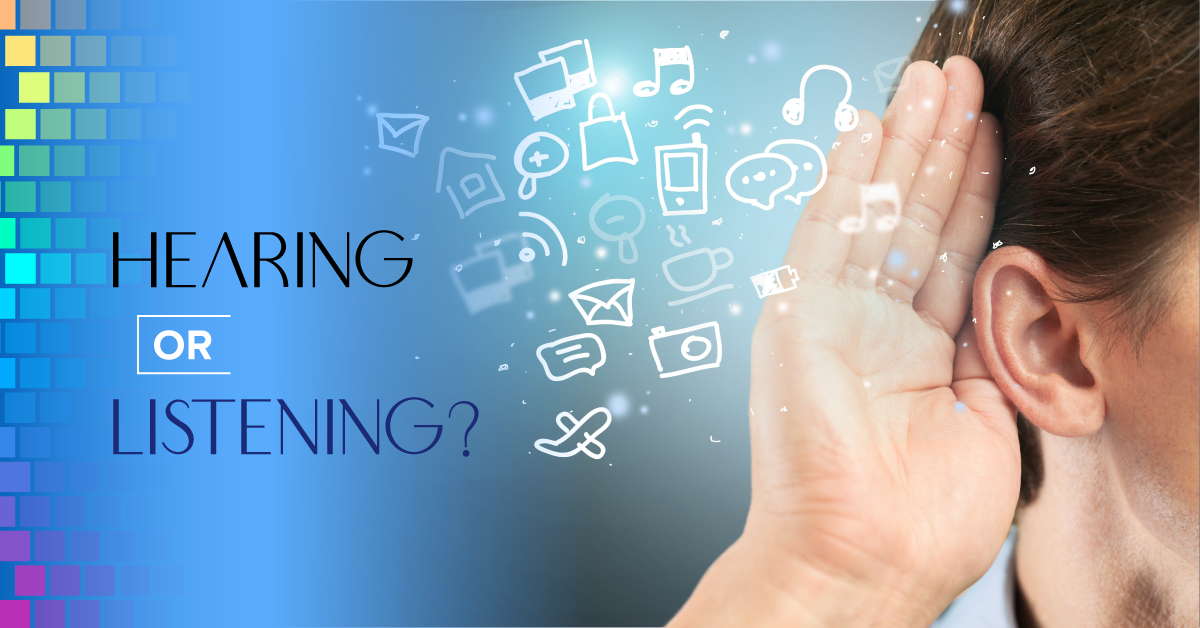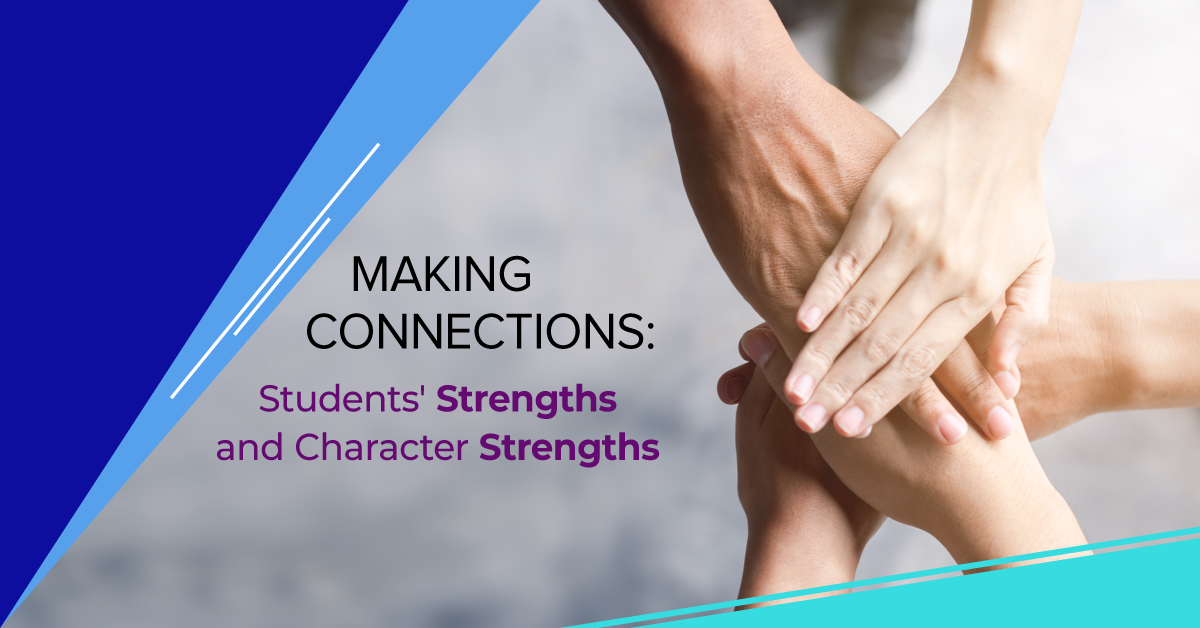Hearing or Listening?
Hearing is a passive, physical act of using the ears to perceive sounds. You can hear without understanding or acknowledging the sounds. Listening, conversely, is an active, internal behaviour, which requires multiple senses and thought. In order to truly listen, you have to pay attention to what the other person is saying. You may have heard the expression “in one ear and out the other;” that refers to the act of hearing but not listening. Actively listening helps students understand others’ thoughts and feelings and encourages respect. Listening is also an important facet of social awareness.
Here are some activities you can do with your students to deepen their comprehension of active listening versus passive hearing and help them understand the importance of active listening not only in drama class, but in real life as well.
1. Discussion : Start a discussion about hearing versus listening with your students. Ask them to define the differences between hearing and listening in their own words. How do they feel when they’re being listened to? How do they feel when they’re not being listened to?
2. Demonstration : Have students physically demonstrate what it might look or sound like when they are paying attention and actively listening. Alternatively, have students demonstrate what it might look or sound like when they are not listening.
Traditionally, signals of paying attention might include things like making eye contact, nodding, not interrupting, asking clarifying questions, or summarizing what was said. However, be aware that active listening doesn’t always look the same from student to student. A student with ADHD might be able to focus better if they are allowed to doodle while listening to a lesson. A student with autism might be actively listening while looking away or not making eye contact. Allow your students to explain and demonstrate how they can best listen to you and others.
3. Character Study : Analyze a scene between two characters in a play the class is currently studying. Are the characters truly listening to each other? Is one character listening while the other isn’t? What is the evidence in the text? How might students stage the scene to further demonstrate hearing versus listening?
4. Role Play : Have students write or improvise short scenes in which one student is not listening to the other. Have them explore how they felt when they weren’t being listened to. What did they do (or could they have done) to make the other person understand how they were feeling? Have students ever felt like this in real life?
5. Reflection : Why is active listening important in drama class? Alternatively, why is it important during improvisation, scene work, or in a theatrical production — both on and offstage?
Bonus : Check out the following articles for even more information about active listening:
- Active Listening in the Drama Classroom
- Encouraging Active Listening in the Digital Classroom
- Warm-Up Activities that Encourage Communication



